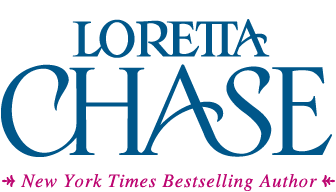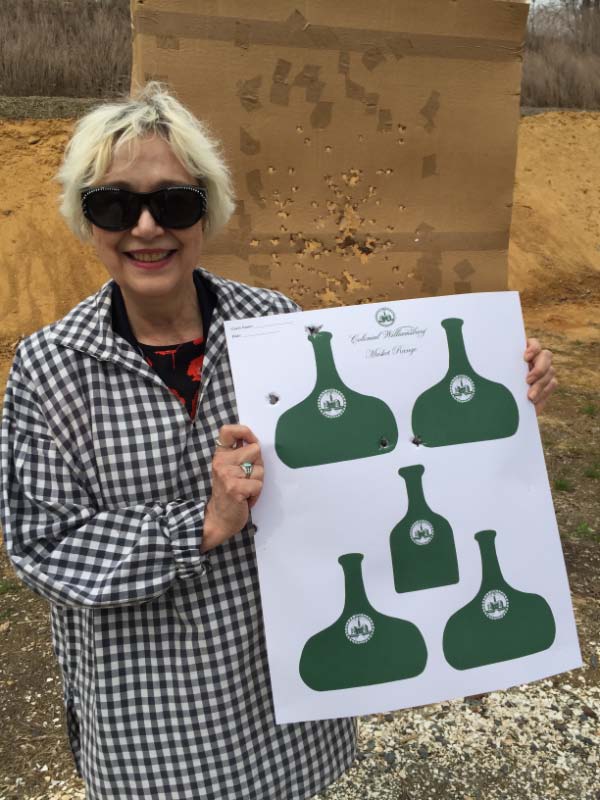This was a tricky year, professionally, as my last couple of blog posts have indicated. Since my life revolves around my writing (to the detriment of my housekeeping, among other things) and since I had an extremely recalcitrant book on my hands (exactly like its hero and heroine, surprise, surprise) there was a lot of growling and stomping around and swearing, 19th, 20th, and 21st century style (what can I say, I’m a multi-century curser). Also tears. What else do you do but weep, when you can’t actually strangle your characters?
On the other hand, I have you, patient you, and the many kind messages of support and encouragement you’ve sent in response to my posts.
Yes, the book, as previously reported, at last seems to be finding its way.
While the next scene percolates, let me tell you a little about the lurcher in A Duke in Shining Armor.
Some years ago, a friend kindly invited us to join her in Tuscany at a gorgeous place called Col di Lavacchio. It was there, on that first of what turned out to be several visits, I met Finty. She was the first lurcher as well as one of the finer dogs I have ever personally encountered. When I was writing A Duke in Shining Armor, she just popped into my head, and the scene came to life. I changed her sex and named her Cato, because I am the author and can do things like that.
in the photo she is with the beautiful Gilli, whom I also met on that trip. A passionate animal lover, Gilli won’t mind my mentioning both her and the dog’s wonderfulness in the same sentence.
The winter solstice is past, and little by little, the days will grow longer. I leave you with a summer night in Tuscany and a full moon, and wishes that your 2019 will bring you memorable times in books and for real, and the good health to enjoy them.
And let us hope the New Year will bring the world some badly needed peace, love, and understanding, too.














